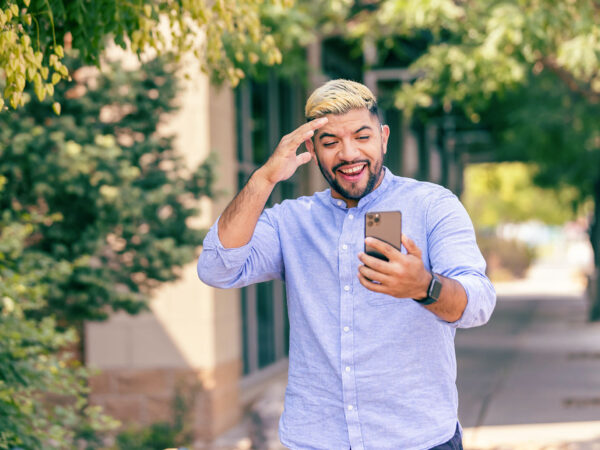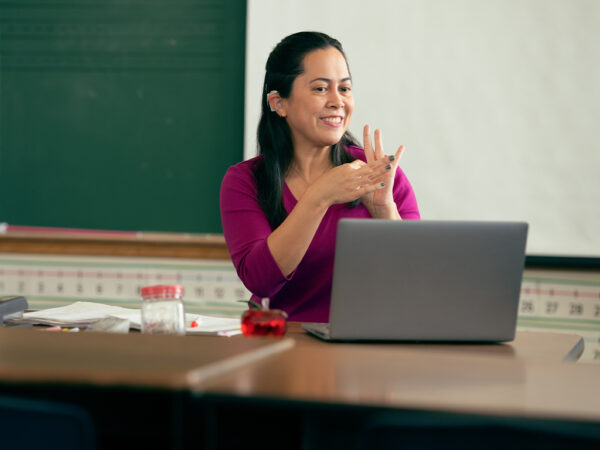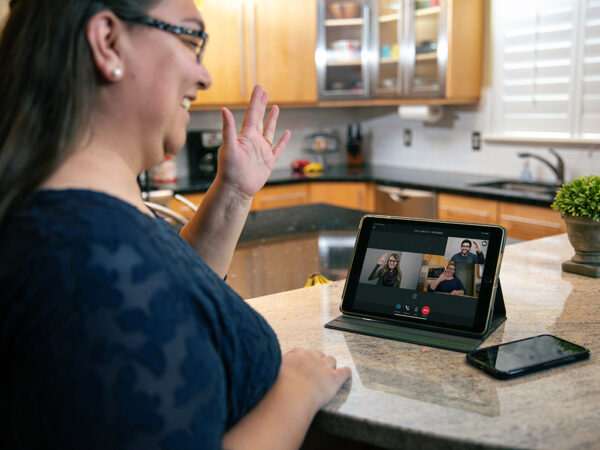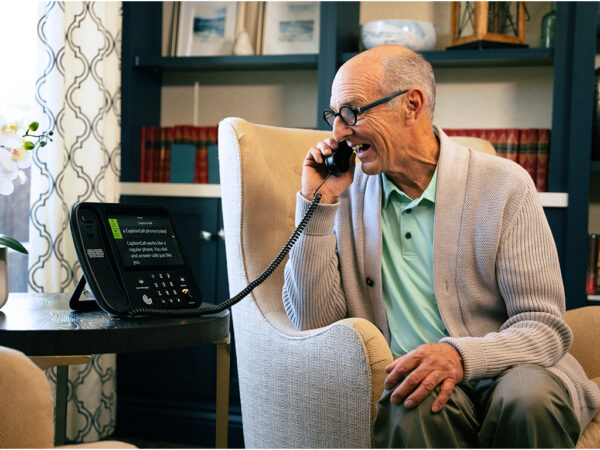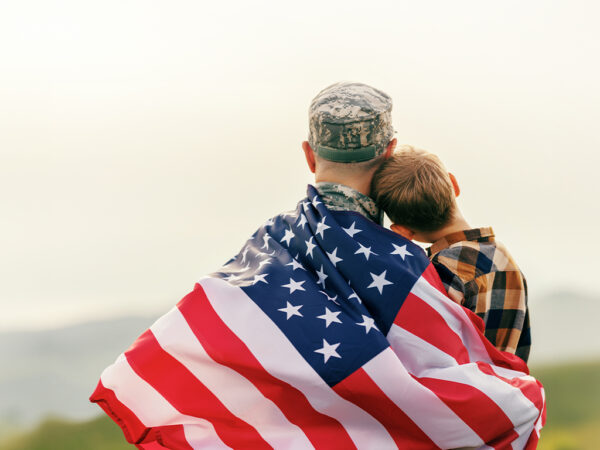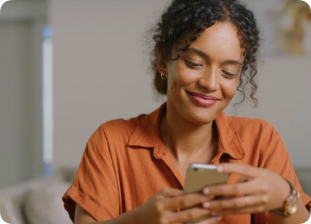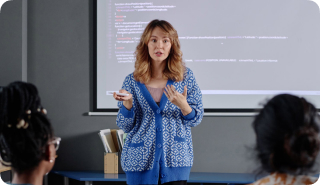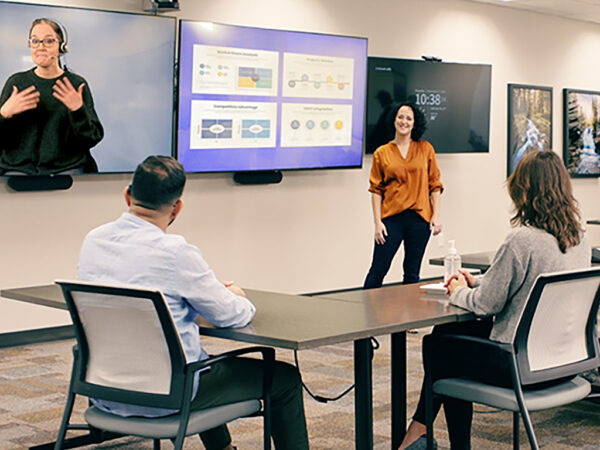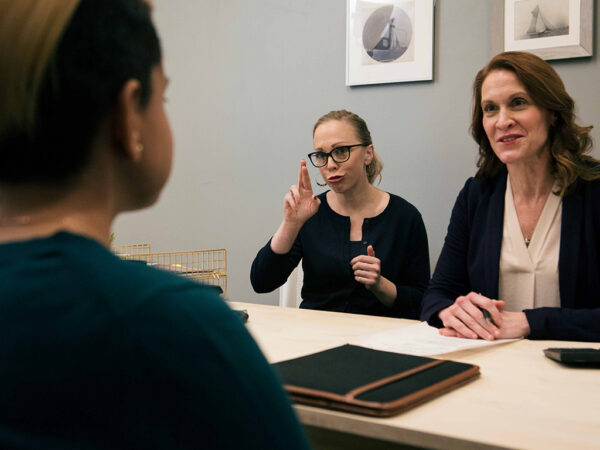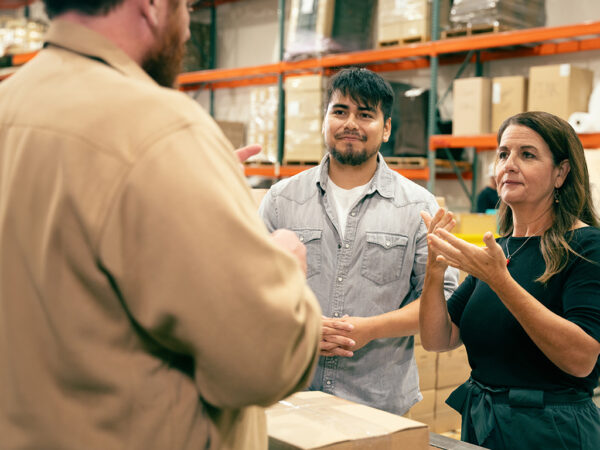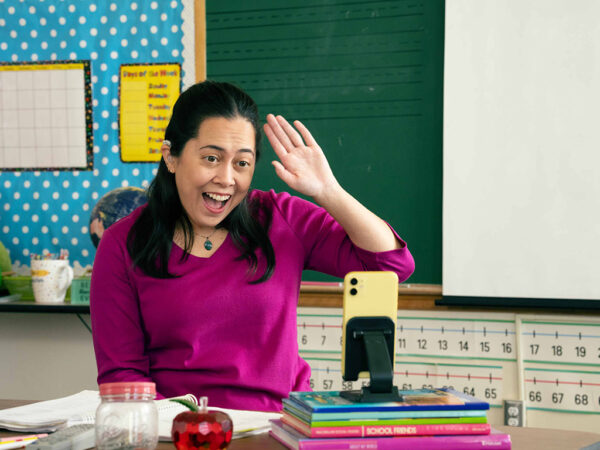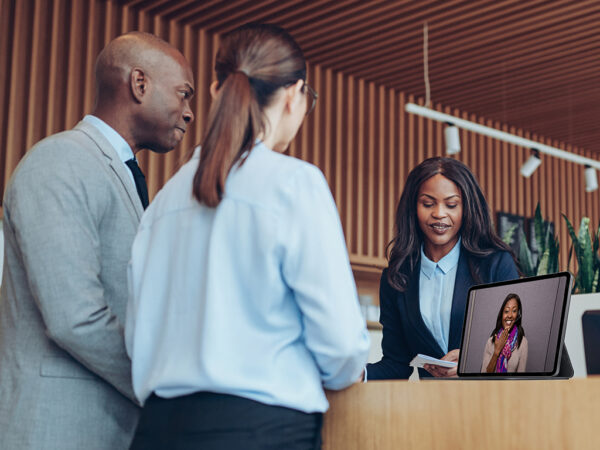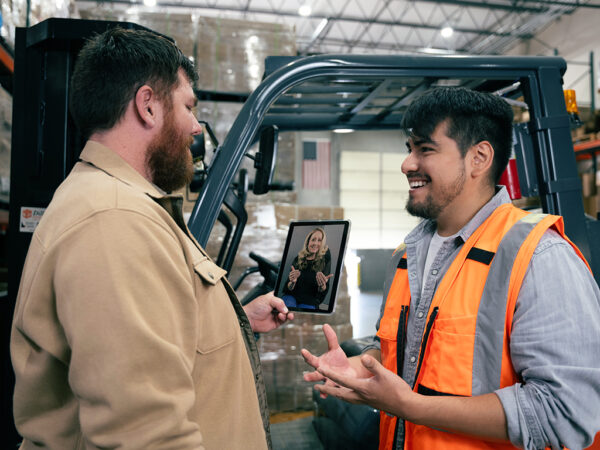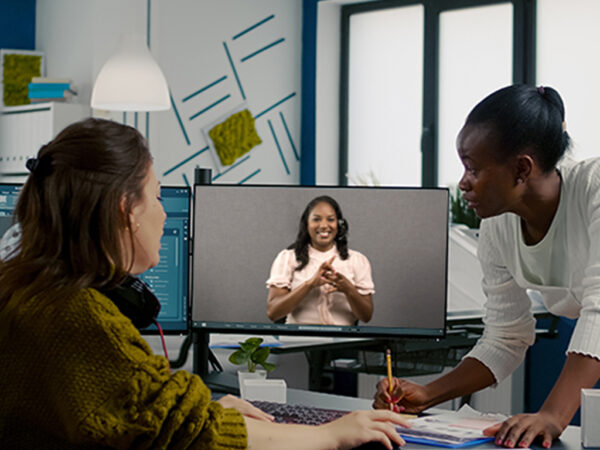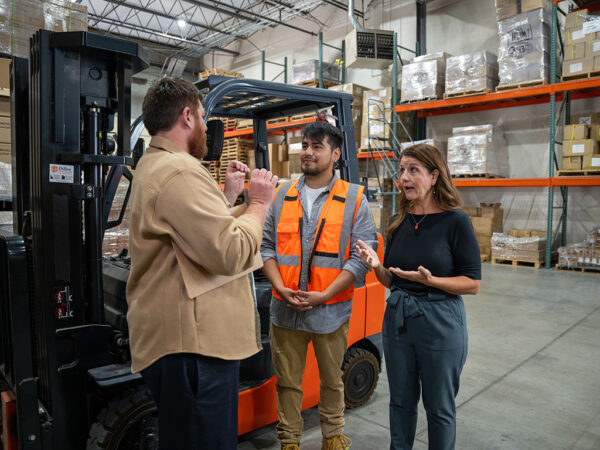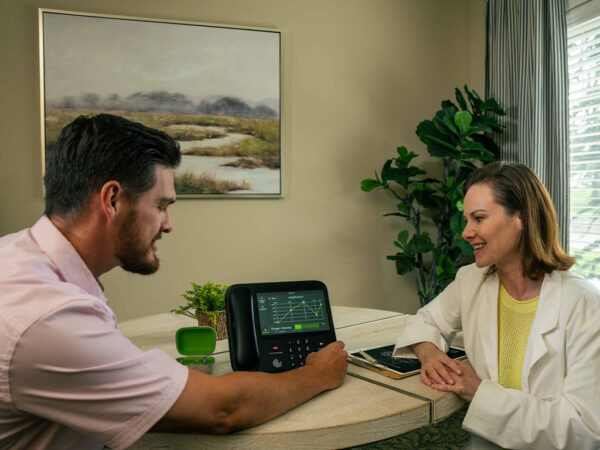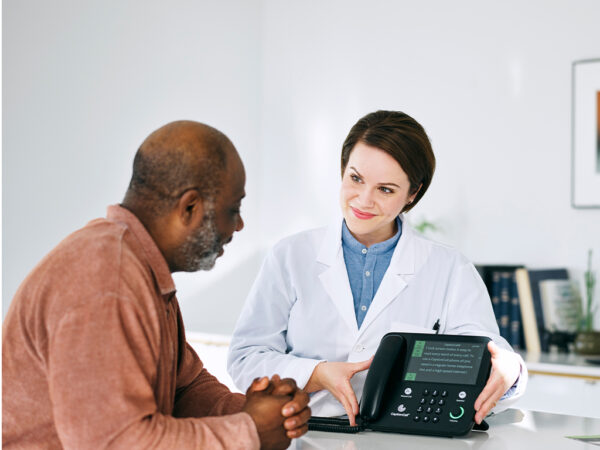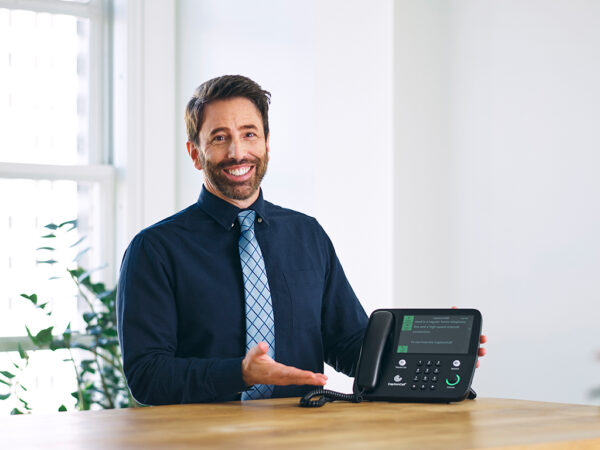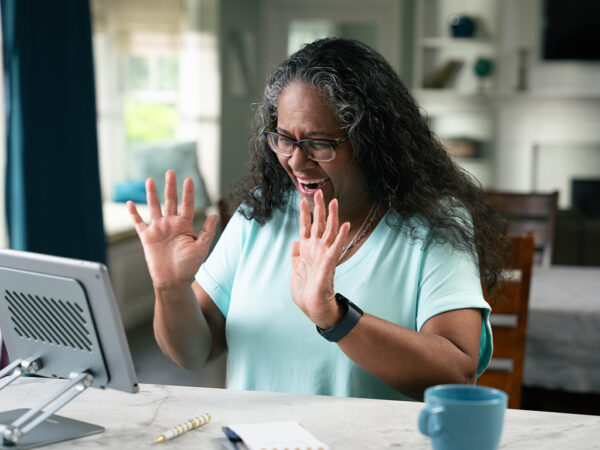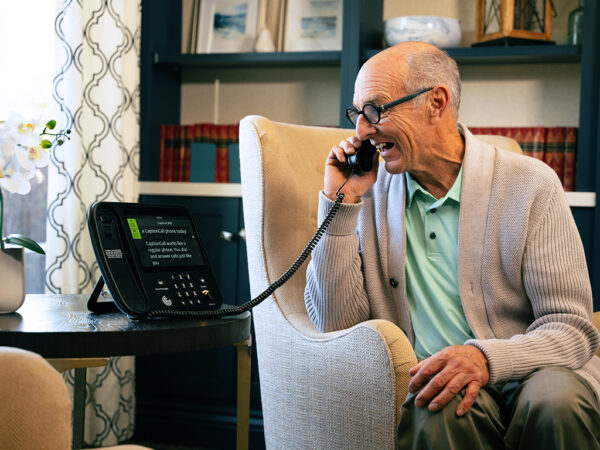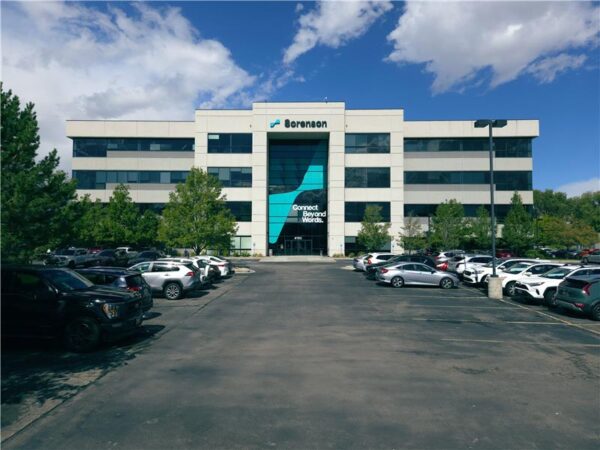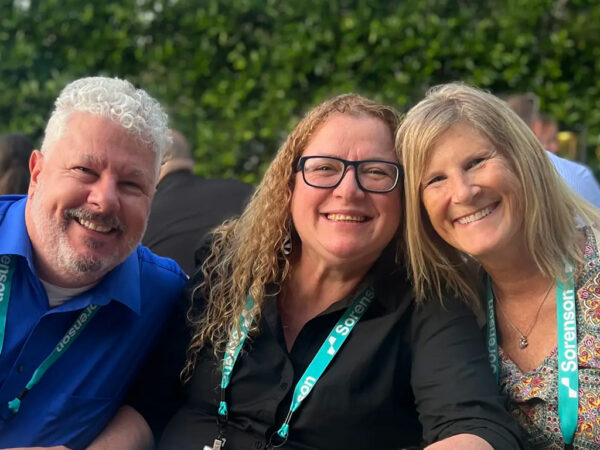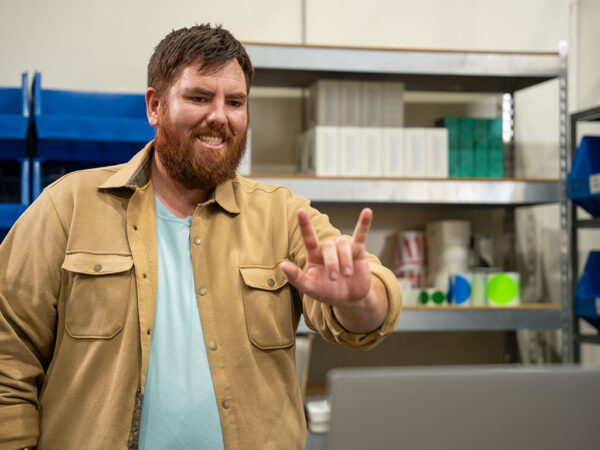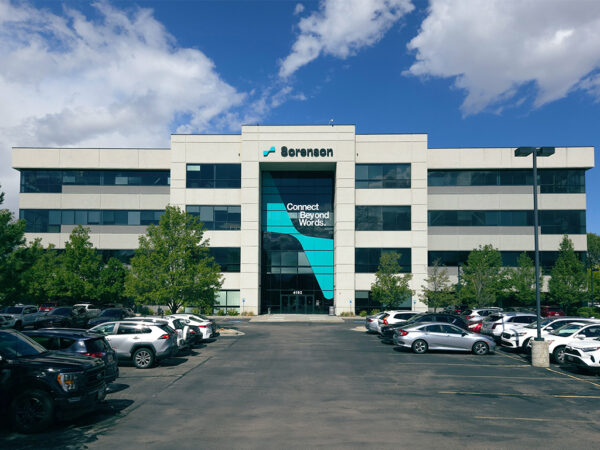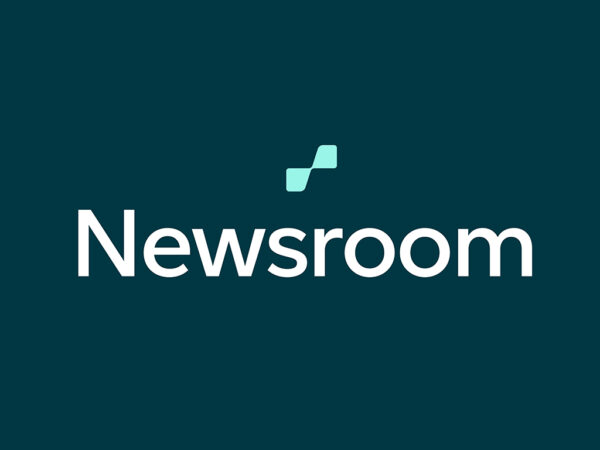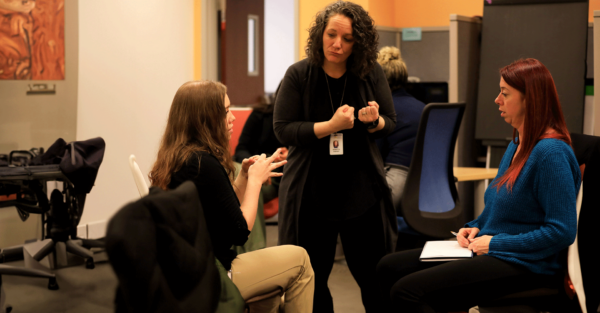Spotlight: Sorenson Deaf Interpreter Academy

If you’ve watched, for example, government press conferences and seen an interpreter, chances are they are a Certified Deaf Interpreter (CDI). (There are Deaf interpreters who aren’t certified too.) CDIs are Deaf people who have trained and taken the step to get interpreter certification.
CDIs are becoming more common these days, but how and where do they get interpreter training?
One place is Sorenson Deaf Interpreter Academy (DIA). Swanie and Tie, two of our wonderful staff members at DIA, shared what goes into CDI interpreter training, how you can join DIA, what you need to know to sign up, and why the program is unique.
TRANSCRIPT
Melissa
Hello. Thank you for being here. My name is Melissa, Ambassador Relations Manager. Would you mind introducing yourselves?
Swanie
You bet. My name is Swanie. I'm the program director for the Deaf Interpreter Academy.
Tie
Hello. And I am Tie. I'm an interpreter education specialist (IES).
What makes DIA unique
Melissa
Great! Nice to meet both of you. I would love to learn a little bit more about the Deaf Interpreting Academy. Do you mind telling me a little bit about what the Deaf Interpreter Academy is, and what makes it unique within the interpreting world?
Tie
Yes. DIA has such a unique history. You know, historically, there's been a few Deaf interpreters, but we recognize that we need to provide more resources to grow the number of deaf interpreters and to have success in the field of interpreting itself. We really have an amazing way to give back to our community and to help them create careers for themselves.
Swanie
There are a few things that make us unique. There aren't very many interpreter training resources out there in the Deaf interpreting world. And another thing that's really unique about us is that there's no charge. And again, like Tie said, we're investing into our community. We're giving back to the Deaf people in the community who use our services at Sorenson. That's one way that we can give back to them. The Deaf Interpreter Academy was founded because there were not enough resources for Deaf interpreters out there.
DIA programs
Swanie
So we established a program called Affinity. And that was in 2018, specifically established for BIPOC interpreters to provide resources and training to those individuals to help them become ready for going out and actually interpreting. The demand continued to grow. COVID hit and then more interpreters were being on stage and as the field grew, we grew as well.
A program called Gear Up was established. So like I mentioned, Affinity in 2018 and then Gear Up happened in 2020, I believe. You know, it may have been 2019, I'm not sure, but roughly around 2020. And it followed that same cohort style that lasted eight weeks long. So again, that first one was for the BIPOC community. And the second one was for the general community.
But what happened after students graduated from Gear Up? They wanted more training resources after that. We established another program called Next Step. That is a program where we offer workshops to people getting professional development CEUs. Additional resources were added as well, such as a new interpreter journey for those who are curious about the interpreting field and want to know more.
In addition, many colleges and universities that offer ITPs are not sure how to support Deaf interpreting students so we provide them with resources as well. So that was a brief history of how we began. We started quite small, I would say less than about 20 individuals. And now we serve, I would say about 150 average annually.
Importance of Deaf instructors
Melissa
Sorenson Interpreting Education and Professional Development has several Deaf staff members, many of whom are involved with DIA. Would you mind discussing why it's important to have Deaf instructors in that space?
Tie
Yes, I'm happy to answer that question. Deaf interpreters and Deaf instructors can get together and have that training because there's a cultural understanding and there's a full range of linguistic expression that can be met in those environments. They can talk about how to approach working with hearing interpreters and give advice and tips and give them many resources to build that collaboration with the hearing interpreters. There's not many hearing interpreters who have experience working with a Deaf interpreter. And so we can train those hearing interpreters how to work with deaf at the same time, and learn how to do that, to provide a mutual understanding and to make sure that they're ready to provide interpreting out in the community.
It's not just for Sorenson. It's also community-wide. There are several states that don't have those programs or services ready. And we can train how to follow regulations and ethics.
Swanie
It's nice to have appropriate representation for the community as well. Hearing teachers are fine but they process things different. They learn differently. And their experiences and our experiences are different. So again, to have that space where we can have mutual learning and have that opportunity to process in the way we do, that's unique.
How DIA benefits the wider interpreting world
Melissa
How does DIA benefit not just Sorenson, but the interpreting world in general?
Tie
How the community benefits: again, we're seeing growing numbers of deaf people in the community, in many media and platform interpreting situations. And there's deaf people saying, "hey, I want to do that." And we can provide that service to work together within the interpreting world. And so it's not just hearing interpreters, but we've got a whole sea of Deaf interpreters as well that can work together.
At the same time, those who want to go into an ITP program often have instructors who are not sure how to train a deaf person to be an interpreter. We provide a resource for that as well to support those colleges and universities. This increases their enrollment numbers as well, and grows our numbers here at DIA too. Yeah, it's a great partnership with those universities and also really benefits the community as well.
Swanie
If I can add to this, I think this program is really unique, because of the internet. Everything is online, which allows individuals in rural areas to access this program. We even have Canadian individuals being a part of this.
Canada has something called CASLI. Now, don't be confused with the CASLI that provides our testing here in the United States. It's similar to the RID governing body for Canada, which is called CASLI. They now recognize DIA as being credentialed for their certification, which is a really big thing for us.
So again, our reach is quite far. We don't have to stay in local areas, but we can continue to expand throughout the nation. We also have something called Train the Trainers, like people at ITPs. We're out there training individuals. Then these people can give workshops so their local areas can grow as well.
How to join DIA
Melissa
That's such great information. And for those that are looking to join DIA, how can they do that?
Swanie
We have a website. And on that website there is a form that an individual can fill out. Once we've received that form, they'll be subscribed to announcements from DIA, different things or events that are happening that can include Q&A sessions or webinars or workshops. There are also announcements about Gear Up or Affinity starting soon, and so many other announcements. All of which you get when you fill out the form and get on our subscription list.
Things to know before joining DIA
Melissa
Those who are interested in joining DIA program, what other things do they need to know before they join into this program?
Tie
Well, we have a Q and A which provides more information for them to see if it's the right fit or to learn more details. You know, DIA is intended for all types of deaf people, including DeafBlind, etc., who are interested in training to become interpreters. This may be a first, second, or third career for deaf individuals who want to become interpreters.
Favorite part of being involved with DIA
Melissa
Last question. You've both been involved with DIA since day one. So what has been your favorite part about being involved so far?
Tie
Yeah, I've really loved watching our cohorts come through the program, and seeing them train up and be successful. And when they let us know, hey, I passed my certification. I've got a job interpreting. And seeing all of these success stories, it just helps us to feel really good and lets us know we're doing a good job, that we're providing an opportunity for their skills to improve, and for them to become successful in that way.
Swanie
I really love seeing the growth and development of our interpreters out there. Also they become teachers. We teach them and and they go on to teach and continue to spread that cycle and spread that joy around their own communities. So I love the idea of deaf training other deaf individuals.
Melissa
Thank you so much you both for coming today. I've really appreciated it. Swanie and Tie, thank you again and thank you everyone for watching.
Swanie and Tie
Yes, yes, thank you for having us.
TRANSCRIPT END
Related articles
Deaf Community
News
News and updates about Sorenson VRS products and features and the Deaf community
Hearing Health Providers News
Hearing loss news and trends for hearing health professionals
Hard-of-Hearing
News
News and updates about living well with hearing loss and getting the most out of CaptionCall and CaptionCall Mobile

No Value (acf:field_67911dacbb423)

No Value (acf:field_67911d8bbb421)



